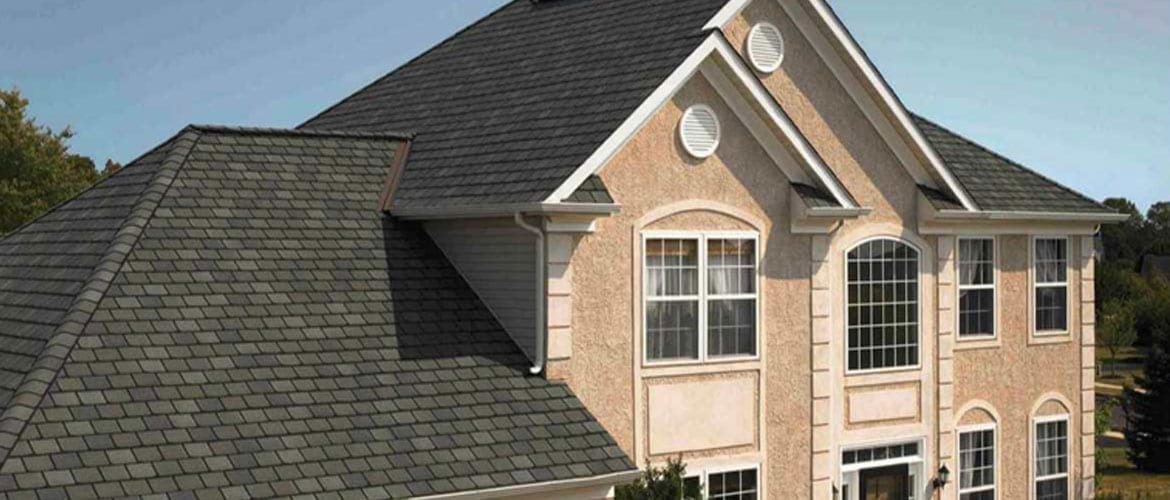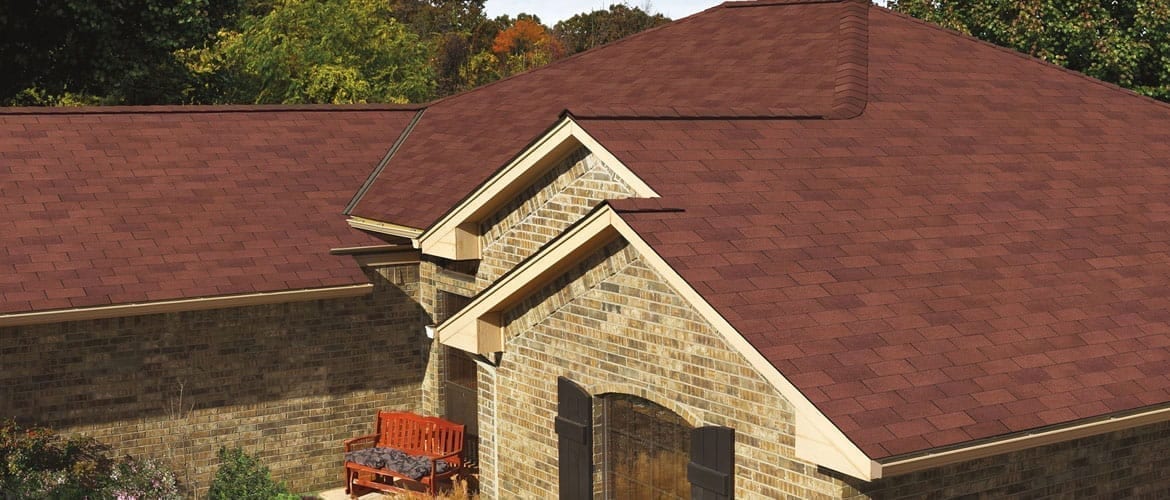This post is Part Three of the Roofing Glossary of Terms series, covering topics I-R.
As a reminder, the Roofing Glossary of Terms is broken into four parts for two reasons:
- One: It’s a lot easier to skim reasonably shorter, linked posts on the web than it is to roll through a long, albeit thorough, compilation of words and definitions.
- Two: To add perspective we’ve included a What does this mean for the homeowner? tag for certain terms. That way Dallas and Fort Worth-area homeowners will not only know what flashing is but why it’s important to know.
Part One was for terms A-C.
Part Two was for terms D-H.
Part Four is S-Z.
I
Ice dam: Condition formed at the lower roof edge by the thawing and refreezing of melted snow on the overhang. What does this mean for the homeowner? Ice dams prevent water from leaving the roof environment. The dams can force water up and under shingles, causing all sorts of problems over time. For the most part, ice dams are not a major concern in North Texas like they are in Minnesota or the Northeast. But, according to some Dallas and Fort Worth roofing companies and contractors, ice dams do form, especially when a part of the roof is shaded and does not receive much sunlight to quickly melt snow and ice. Water lingers and, over time, introduce rot.
Interlocking shingles: Individual shingles that mechanically fasten to each other to provide wind resistance. What does this mean for the homeowner? Interlocking shingles may be an option for some homeowners who experience high winds in North Texas, especially during storms in the spring and fall.
L
Laminated shingles: Strip shingles containing more than one layer of tabs to create extra thickness. Also called dimensional or architectural shingles. What does this mean for the homeowner? Laminated shingles are an option for homeowners who want to change their roof’s aesthetics at the time it’s being replaced. Make sure you use a roofing company or contractor in Dallas and Fort Worth experienced in “design” as much as repair and replacement of roofs.
Lap: To cover the surface of one shingle or roll with another.
Lap cement: An asphalt-based cement used to adhere overlapping plies of roll roofing.
Low slope application: Method of installing asphalt shingles on roof slopes between two and four inches per foot.
Louver: A slanted opening for ventilation.
M
Mansard roof: A type of roof containing two sloping planes of different pitch on each of four sides. The lower plane has a much steeper pitch than the upper, often approaching vertical. Includes no gables.
Masonry primer: An asphalt-based primer used to prepare masonry surfaces for bonding with other asphalt products.
Mastic: See asphalt plastic roofing cement.
Mineral stabilizers: Finely ground limestone, slate, traprock or other inert materials added to asphalt coatings for durability and increased resistance to fire and weathering.
Mineral-surfaced roofing: Asphalt shingles and roll roofing that are covered with granules.
N
Natural ventilation: A ventilation system utilizing ventilators installed in openings in the attic and properly positioned to take advantage of natural air flow to draw hot summer or moist winter air out and replace it with fresh outside air.
Nesting: A method of re-roofing with new asphalt shingles over old shingles in which the top edge of the new shingle is butted against the bottom edge of the existing shingle tab. What does this mean for the homeowner? Many municipalities have restrictions on the number of times homes can be re-roofed, or installing new shingles over old ones. Work with the roofing company or contractor you choose in Dallas and Fort Worth to determine if your home’s roof can be “nested” or if the roof needs to be completely replaced. Most of the time roofs can be re-roofed just once, which may or may not be a good strategy for the home depending on circumstances.
Net Free Vent Area (NFVA): Area unobstructed by screens, louvers or other materials.
No-cutout shingles: Shingles consisting of a single, solid tab with no cutouts.
Non-veneer panel: Any wood-based panel that does not contain veneer and carries an APA span rating, such as wafer board or oriented strand board.
Normal-slope application: Method of installing asphalt shingles on roof slopes between 4 inches and 21 inches per foot.
O
Open valley: Method of valley construction in which shingles on both sides of the valley are trimmed along a chalk line snapped on each side of the valley. Shingles do not extend across the valley. Valley flashing is exposed.
Organic felt: An asphalt roofing base material manufactured from cellulose fibers.
Overhang: That portion of the roof structure that extends beyond the exterior walls of a building.
P
Pallets: Wooden platforms used for storing and shipping bundles of shingles.
Pitch: The degree of roof incline expressed as the ratio of the rise, in feet, to the span, in feet.
Ply: The number of layers of roofing (one-ply, two-ply).
Q
Quick-setting cement: An asphalt-based cement used to adhere tabs of strip shingles to the course below. Also used to adhere roll roofing laps applied by the concealed nail method.
R
Racking: Roofing application method in which shingle courses are applied vertically up the roof rather than across and up. What does this mean for the homeowner? Not a recommended procedure.
Rafter: The supporting framing member immediately beneath the deck, sloping from the ridge to the wall plate.
Rake: The inclined edge of a sloped roof over a wall from the eave to the ridge.
Random-tab shingles: Shingles on which tabs vary in size and exposure.
Release tape: A plastic or paper strip that is applied to the back of self-sealing shingles. This strip prevents the shingles from sticking together in the bundles and need not be removed for application.
Ridge: The uppermost, horizontal external angle formed by the intersection of two sloping roof planes. What does this mean for the homeowner? When damaged roofs need to be replaced, roofers may suggest adding ridge vents if they are not already present. Ridge vents provide uniform cooling along the roof deck, installed from roof end to end with a low profile. Discuss roof vents with the Dallas or Fort Worth roofing company you select to determine if they will work for your home.
Ridge shingles: Shingles used to cover the horizontal external angle formed by the intersection of two sloping roof planes. What does this mean for the homeowner? When a roof is being replaced, how the ridge shingles are installed and the materials chosen will impact the aesthetics of the roof and the overall look of the home. Roofers and contractors are increasingly using the replacement opportunity to help people differentiate their homes from their neighbor’s by accenting ridge lines with accentuated shingles and materials.
Rise: The vertical distance from the eaves line to the ridge.
Roll roofing: Asphalt roofing products manufactured in roll form.
Roofing cement: A compound used to seal flashings, seal down shingles and for other small waterproofing jobs. Where cement is required for sealing down shingles, use a dab about the size of a quarter unless otherwise specified.
Roofing tape: An asphalt-saturated tape used with asphalt cements for flashing and patching asphalt roofing.
Run: The horizontal distance from the eaves to a point directly under the ridge. One half the span.
Up Next
Roofing terms S-Z including soil stacks, telegraphing, and vents.





